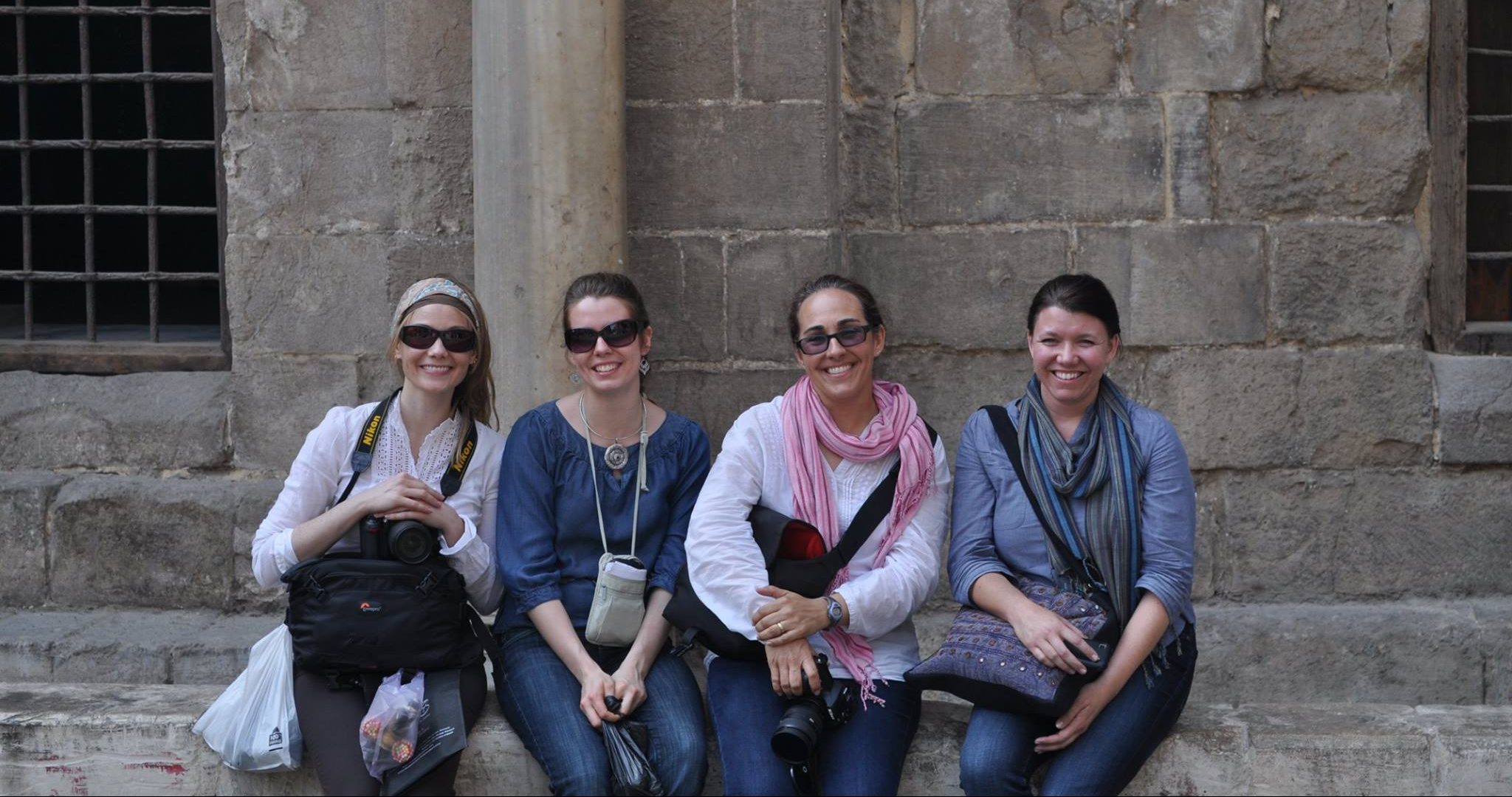
(The monastaries of Wadi al-Natron)
Do you remember what I told you about Egyptian butter when I took you to #Dahab Island? If not, here’s a little refresher: The two main sources of local butter in Egypt – cow and buffalo – produce the best butter during the month of Tuba. “Tuba,” you may be asking? Is that Arabic for something? No, in fact, it isn’t Arabic; Tuba is an ancient Egyptian word for the month of the pharaonic calendar that coincides with mid-January to mid-February. Ancient it may be, but many people I’ve encountered here in Egypt are very familiar with it. It is also a well-known fact that alfalfa is the sweetest in Tuba and, therefore, cows and buffalos produce the best butter during this period.

(The peppers just don’t quit in Wadi al-Natron)
I learned this from an extraordinary family I met while hitchhiking out near Saqqara. That is a story for another time, but the fact that this local family picked us up demonstrates their love of (and support for) the DIY spirit. I was therefore unsurprised to learn that they make their own bread, mozzarella cheese and – getting to the point – clarified butter, or samna. Each year during Tuba they travel out to a market in the countryside famous for its butter, buy 10 kilograms, and turn it all into samna. As it happened, those new friends of ours were about to take their annual trip to that market – in Wadi al-Natron – and invited us to come along. And of course, along we came.

(The monastic halls of St. Bishoy, Wadi al-Natron)
Now, to be honest, I was just along for the ride. I had tried local “baladi” butter before and didn’t really enjoy it. And my children? They really didn’t like it. It just does not smell, taste, or behave like American or European butter. You know me, however; I like to be as local as humanly possible, and I had really been searching hard for an acceptable baladi alternative to expensive supermarket butter. I was willing to try this Tuba butter out…but I wasn’t exactly hopeful.
My new friends led us through the maze of vendors to their favorite butter lady. This ancient woman saw my skepticism and offered me a sample. Okay. You do have to be a little crazy to sample a bit of butter offered to you from a bucket full of hand-molded balls of butter in the middle of a muddy, chilly, and chaotic marketplace in Egypt, but at this point you can’t be surprised that I did.

(Baladi butter fromt the souq at Wadi al-Natron)
To my surprise, the butter both tasted and smelled sweet. I loved it! I loved the butter. I bought several kilos that day and had my friends buy me more the next weekend when they went down for their second haul for the year.
Thus began our annual pilgrimage to Wadi al-Natron during Tuba for butter. Each year we load up on butter and then do a little exploring. You can do it too! Here is what you need to know in order to plan your own trip to Wadi a-Natron.
Transportation: You can use Uber to get to and from and around Wadi al-Natron, but I recommend hiring a driver or taking your own car. Or you can do it the way I do it: take the bus to al-Sadat City from Tahrir, transfer to Wadi al-Natron, and then ask to be let off at about here. Take a tuk-tuk anywhere you need to go. Make your way back to the same point to catch a minibus back to Cairo.

(Hitchhiking our way to Wadi al-Natron)
Things to do:
- Visit the market, of course! Buy butter if you dare. Load up on fresh produce. You won’t regret it.

(Peppers for days at the Wadi al-Natron souq)
- Visit the ٍRed Lake. It’s very salty and a bit rough around the edges, but it is unique (lakes aren’t a dime a dozen in Egypt) and it is locally famous for being a site visited by the Holy Family. According to local legend, a spring of fresh water welled up here among the salty waters to refresh the Holy Family during their flight into Egypt. Apparently the water turns red in the summer due to the salt (Natron) in the water. We have only seen it in January when the water is distinctively green. It feels too cold to swim, but we roll up our pant legs and wade into the cool water.

(The green water of the Red Lake in Wadi al-Natron)
- Visit the monasteries. Due to the presence of the Holy Family in the area, Wadi al-Natron is important to the Coptic Christian community. There are multiple monasteries in Wadi al-Natron. I recommend visiting St. Bishoy.

(The St. Bishoy monastery at Wadi al-Natron)
Friends, taking a trip to Wadi al-Natron will definitely earn you a gold star for daring and adventure. Your street cred will certainly improve. But, if you ask me, the real payoff for your effort will be an authentic encounter with Egyptian culture and heritage. Are you ready to take the plunge? I’ll see you there!



